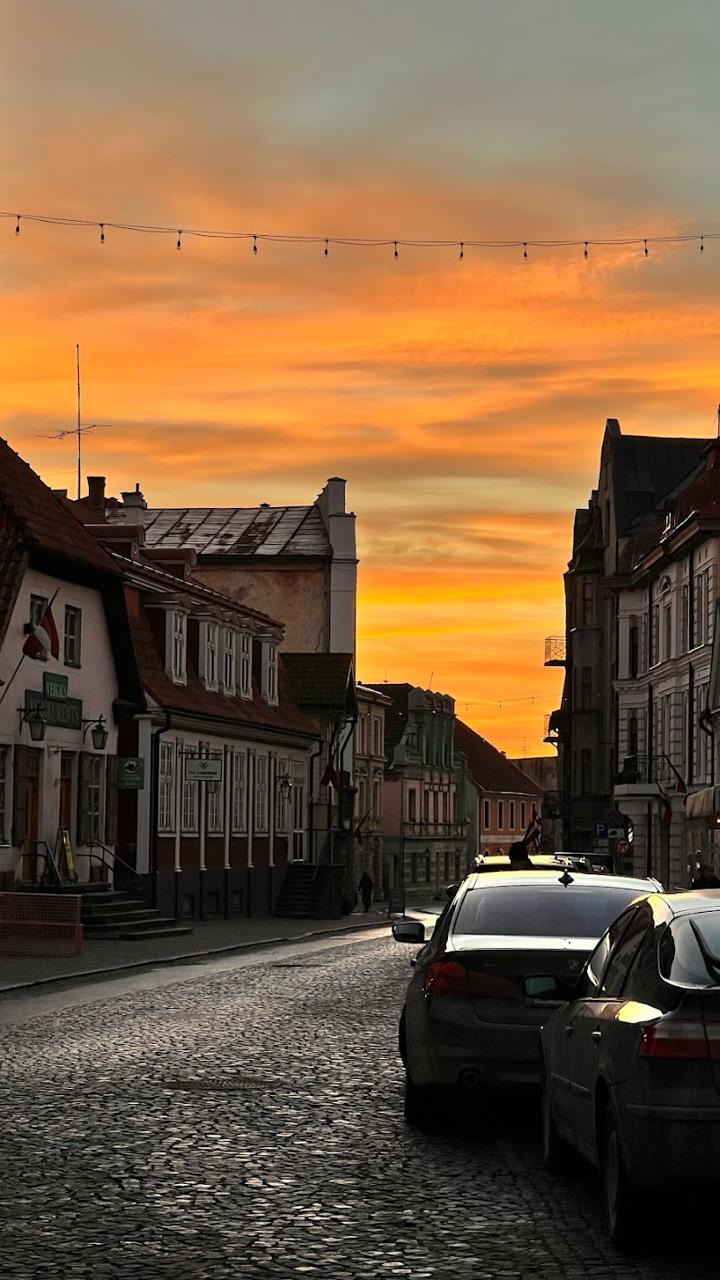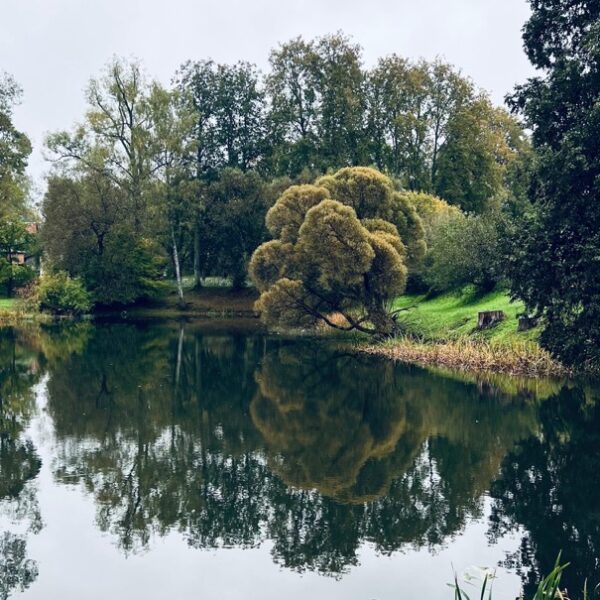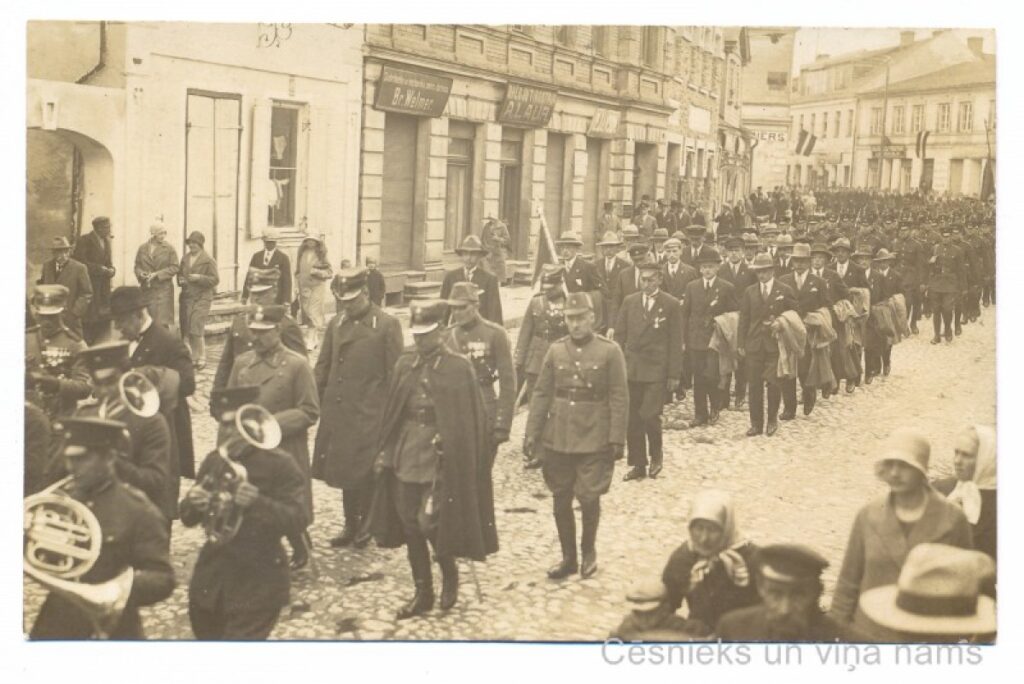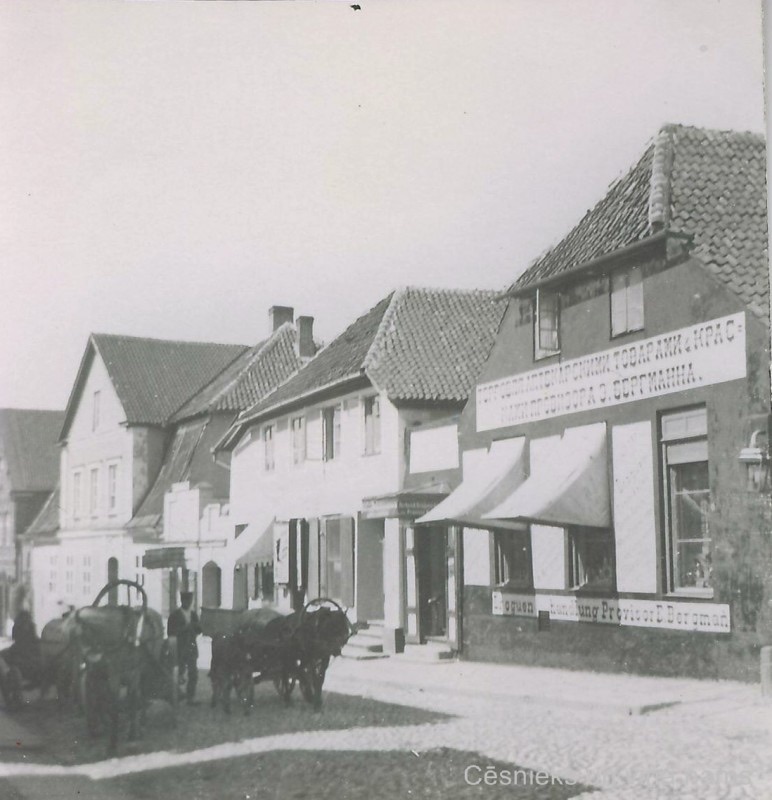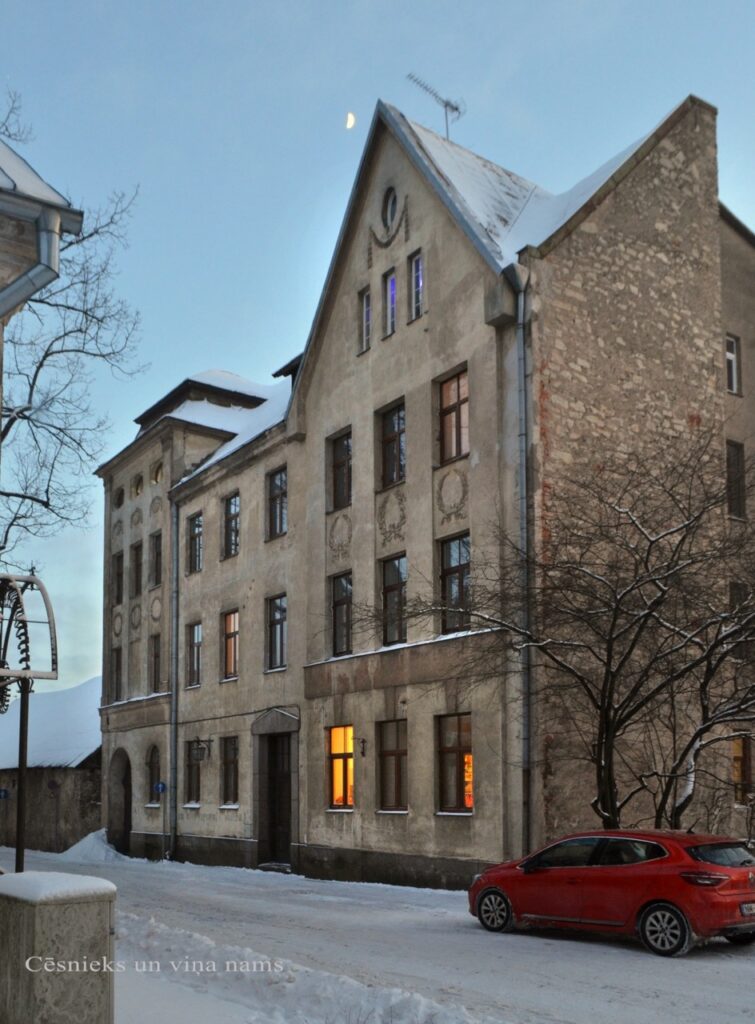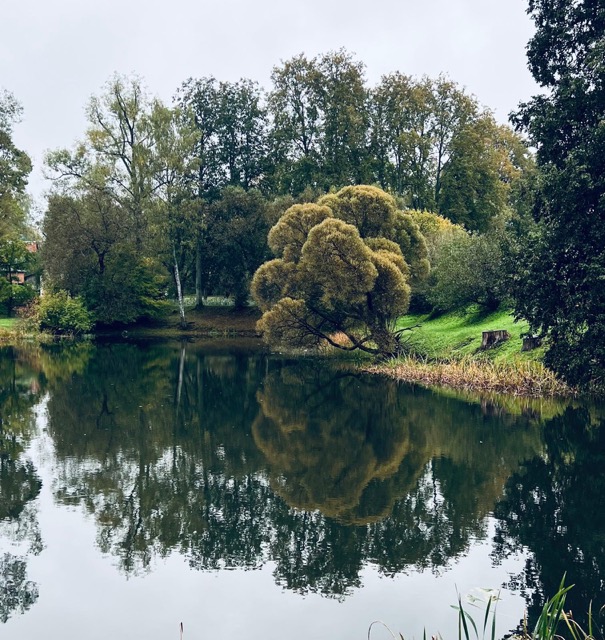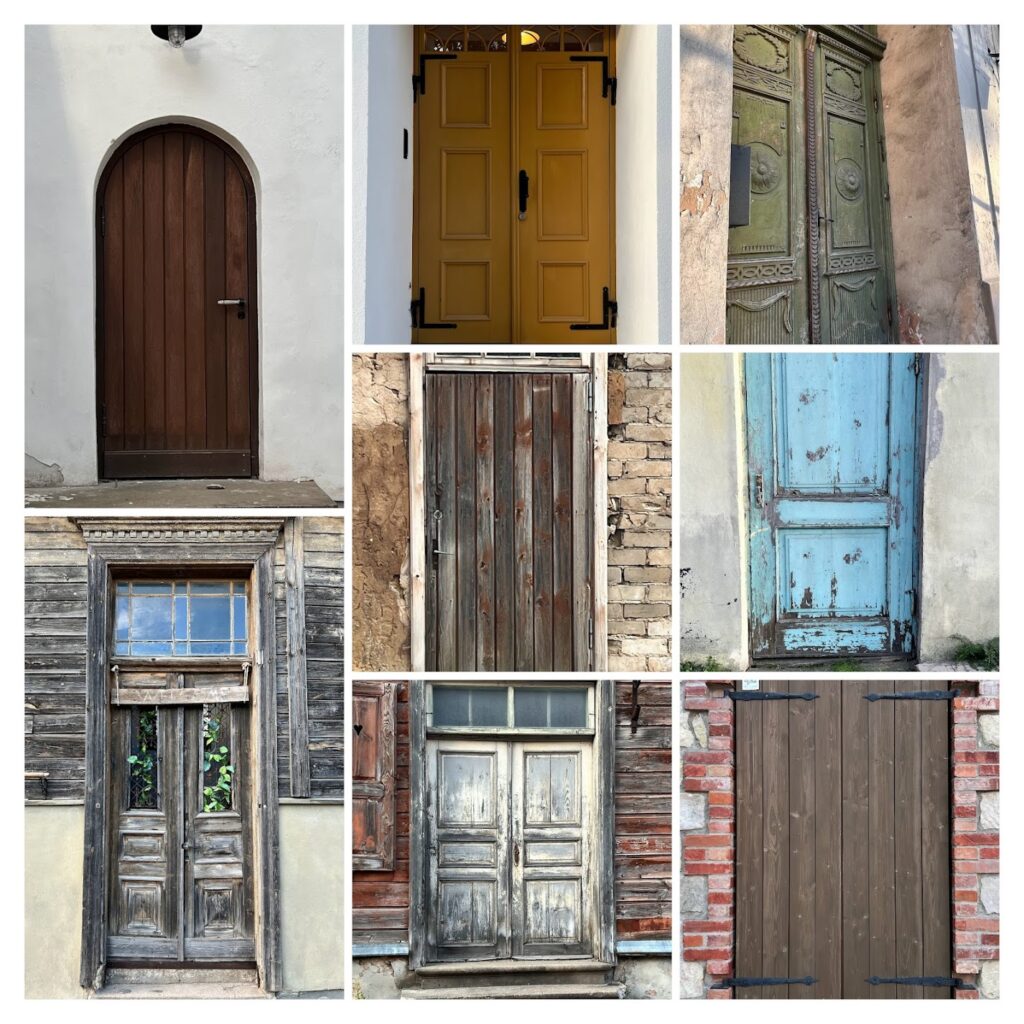Riga Street is a historically important artery of the town of Cesis, whose buildings reflect the development of the town over the centuries. This street was once the main axis of trade and social life, connecting the city centre with the road to Riga. Originally, the part of the town from the Rauna Gate to the Market Square was called Rauna-Riga Street, but after the Market Square was Riga Street. In the Middle Ages, when entering Cesis, the traveller had to pass through the city’s defensive wall, the Rauna Gate, the impressiveness of which is attested by a well-preserved folk tale: “You have a mouth as big as the Rauna Gate.”
Riga Street’s buildings are a mix of architectural styles – from classicism and eclecticism to Art Nouveau. There are simple wooden houses, imposing stone houses, stately Art Nouveau and elaborate facade decorations. The street houses housed shops, workshops, cafés and apartments, which together made up a bustling city life. Riga Street was particularly active in the late 19th and first half of the 20th century, when the landlords were often merchants or craftsmen themselves.
Unfortunately, some of the historic buildings were destroyed during World War II, when air raids in September 1944 destroyed several buildings. However, many of the buildings have been preserved or restored, allowing modern-day Cēsis residents and visitors to still enjoy the historic aura of the street.
Source:
Dace Cepurīte, Mg. hist., Study “Cēsnieks un jego nams”

